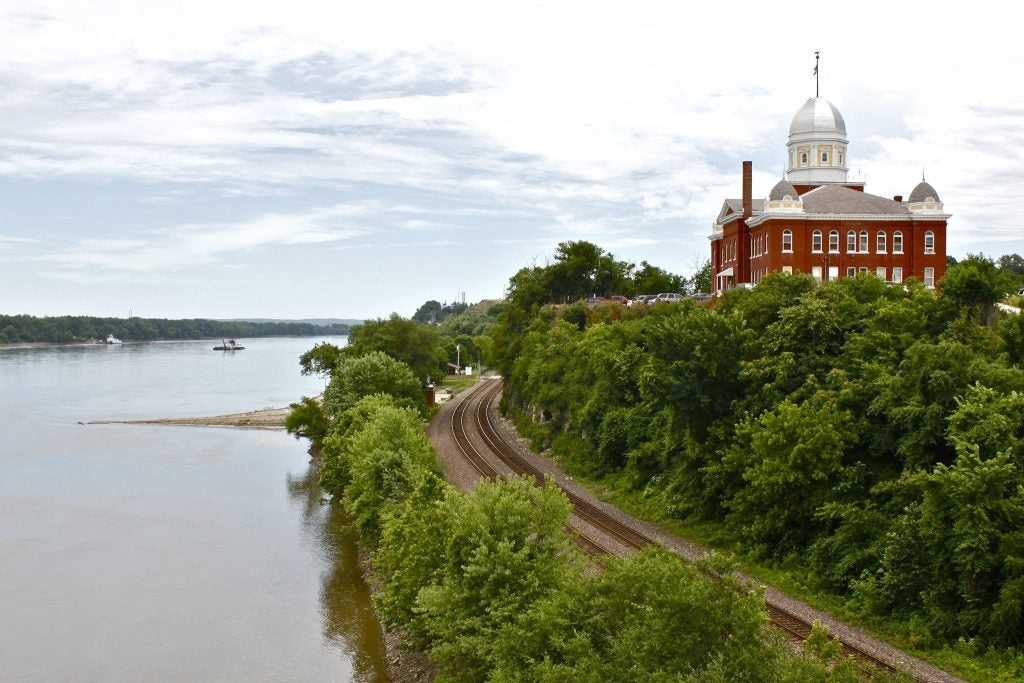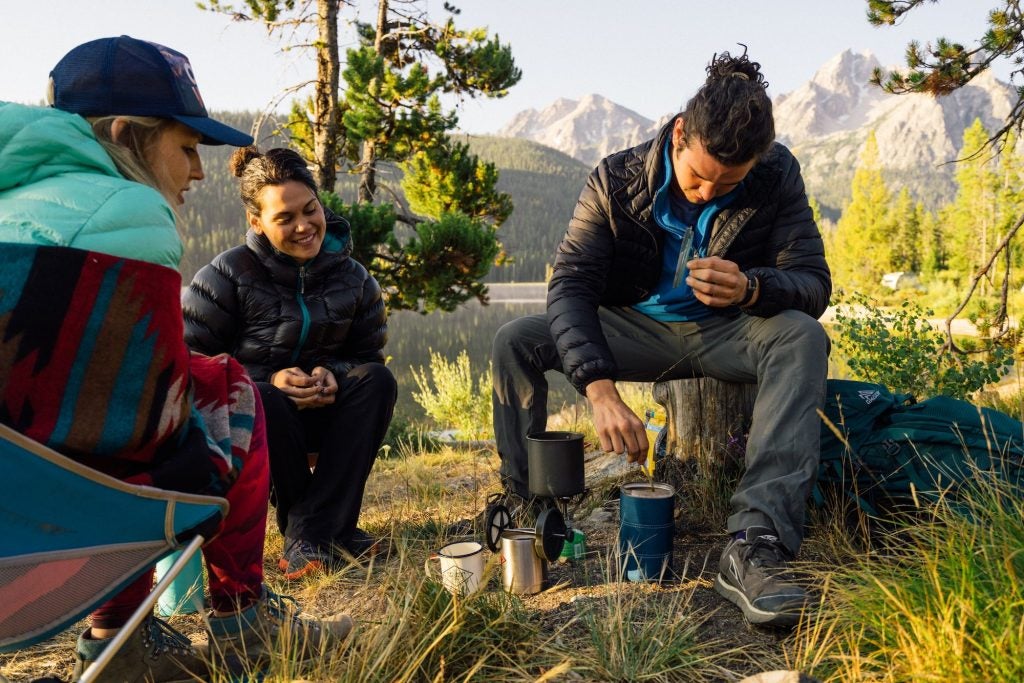In 2017, 168 bears in Colorado were euthanized for becoming too comfortable around humans and their food. In this same time period there were less than five people injured by these animals. 2017 was a bad year for foraging for black bears because of a late frost and dry summer, so many were drawn even more heavily into populated areas with disastrous results.
Campers and mountain town residents in Colorado are instructed to lock up food to avoid creating an attractive nuisance for their bruin neighbors, especially during the fall. Many towns even carry hefty fines for not using a bear-proof container for garbage. Hikers and backpackers are often required to use canisters or bear boxes for the same reason. But even when humans are fined, bears are often euthanized after three ‘strikes.’ Wildlife officials and outdoor lovers are left asking, what else could have been done?
The answer is simpler than you think, and everyone can make a difference.
Bears in Colorado: What Campers Should Know

Photo by The Dyrt Camper Deanna C.
In Colorado, the Rocky Mountains make a perfect home for black bears. In the list of North American bears, black bears are the smallest and least aggressive. However, they are still quite large, wild animals, and they need to be respected and understood. Black bears can weigh up to 240 pounds. They are omnivores, consuming all types of food including meat, but primarily berries and nuts. They are expert climbers and can reach speeds of up to 30 mph at a short sprint. There are no known grizzlies in Colorado at this time.
Bears in Colorado are most active in the fall, preparing for hibernation, and again in the spring when they emerge from their dens seeking calories. The females give birth in mid-winter to naked cubs who drink milk and grow fur next to their mother until it is warm enough to emerge in the spring.
In the times right before hibernation, a black bear in Colorado is looking for approximately 20,000 calories a day!
This is known as hyperphagia, or the excessive eating and drinking in preparation for hibernation. Because black bears will not consume food or water for four or five months during the winter, they are extremely active in seeking out resources before they den up. Which makes it even more important for campers to do their part in preventing those hungry bears from seeking food in developed areas.
Where are the Bears in Colorado?
Throughout the state of Colorado, bears are an essential part of a healthy natural ecosystem. Colorado Department of Wildlife reminds campers that if they are anywhere west of the I-25 divide, there is a good possibility they will encounter these hunter/foragers.
Their preferred habitats are oak brush and aspen forests. Pine and fir do not make very good habitats for them due to the scarcity of foodstuff. Open plains are less likely to attract black bears for the same reason. That being said, black bears are often attracted to human habitation because of the availability of garbage.

High alpine areas with oak brush and aspen which are near a good water source are most likely to attract bears. Many mountain towns see a lot of bear activity in the fall. It is essential for campers during this season to rigorously practice safe camping and leave no trace.
In many national forests and parks, campers must use bear boxes to lock up food in the campground, as bears have even figured out how to get into cars. In more and more wilderness areas, backpackers are required to carry light canisters, because the traditional ‘bear hang’ has been proven rarely effective. Rocky Mountain National Park is one example of this, but be sure to check with local land managers across the state if you are planning a backcountry trip.
How To Be ‘Bear Aware’ When Camping in Colorado — and Elsewhere
For anyone worried about black bears in Colorado — or anywhere else for that matter — it’s important to learn how to prevent unwanted encounters, and manage them if they do occur. If you follow these recommendations for ‘bear aware’ traveling on your next trip camping in Colorado, you will be protecting yourself and your family from dangerous encounters with a wild animal. And you might just save that animal’s life.
1. Remember: Wild Means Wild

Photo by The Dyrt Camper, Kenneth M.
The animals of the Rocky Mountains are driven by survival instincts. Never assume you can safely approach a wild animal, even if someone else is already doing it. Yellowstone Park Rangers advise staying 25 yards away from any wild animal. There are a few wildlife encounters every year which end in human injury, but there are far more which end in the death or relocation of an animal. No amount of likes or shares on your social media accounts is worth this price.
While black bears are smaller than grizzlies and tend to be less aggressive, they are still extremely dangerous. Bear safety means taking every encounter seriously.
2. Do Not Feed The Bears

Do not feed wild animals at all. Not pikas on top of a Colorado 14er, not ringtail cats on the Green River, and definitely not elk, bear or bison.
There are so many reasons for this. First of all, once an animal gets a taste of human food, it identifies an easy source, high in calories, and seeks it out. This is why bears in Colorado and elsewhere often return to garbage, or rummage through campgrounds. They know it’s good, and they want more. Human food can sometimes make an animal less likely to rigorously search for their natural food sources. This in turn lowers their resilience if (or when) their human-based food source stops visiting. If you are camping bear-aware, you will never offer them food or give them any reason to come close.
3. Practice Leave No Trace Principles Everywhere

Leave No Trace was founded to establish a common standard for behavior in the outdoors. In the case of bear-aware camping, this is especially important when it comes to food. Never leaving food out overnight. Never bring food (or even food-smelling things like fruity lotion and toothpaste) into your tent and never toss food scraps or peels out on the trail.
Lock all attractive food sources in your vehicle or an approved bear box. Many campgrounds provide these containers. If you are backpacking in bear territory, bring your own canister. This is especially important when fall camping, as the bears in Colorado are packing on mass for hibernation at that point in the year.
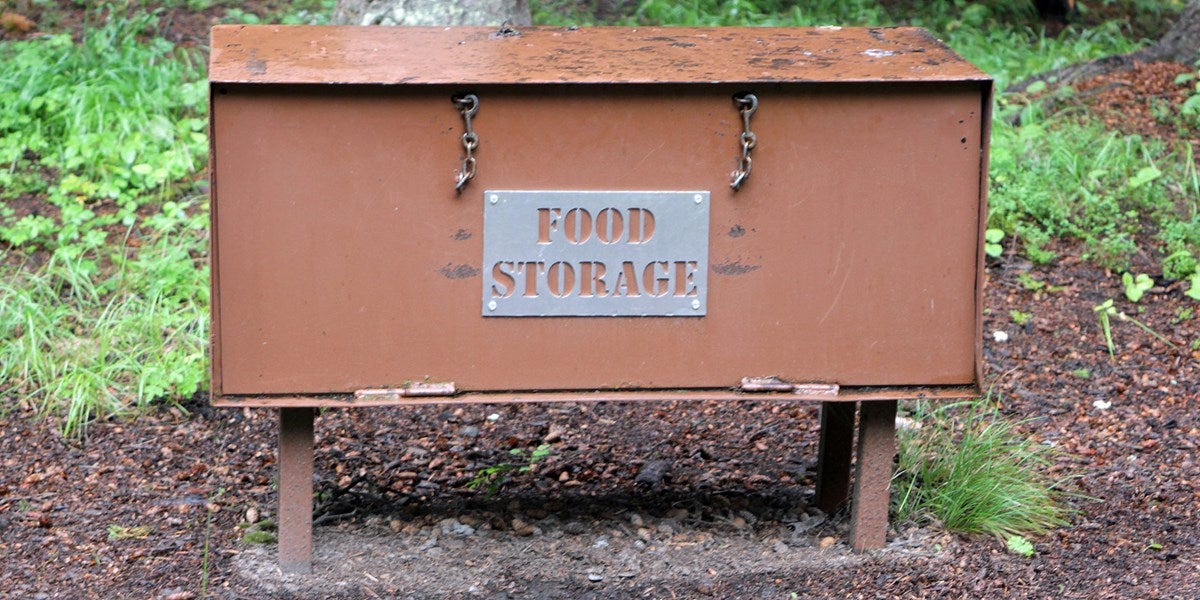
‘Bear Box’ photograph courtesy of the National Park Service
4.Walk Loud & Proud
No one wants to startle a defensive mama bear with her cubs around a blind corner of trail, so get louder. Bear bells on your pack can help some, but it is better to travel in a large group. Try chatting loudly or singing while on a trail where visual distance is limited. This gives a bruin time to hear your approach and not react with aggressive surprise.
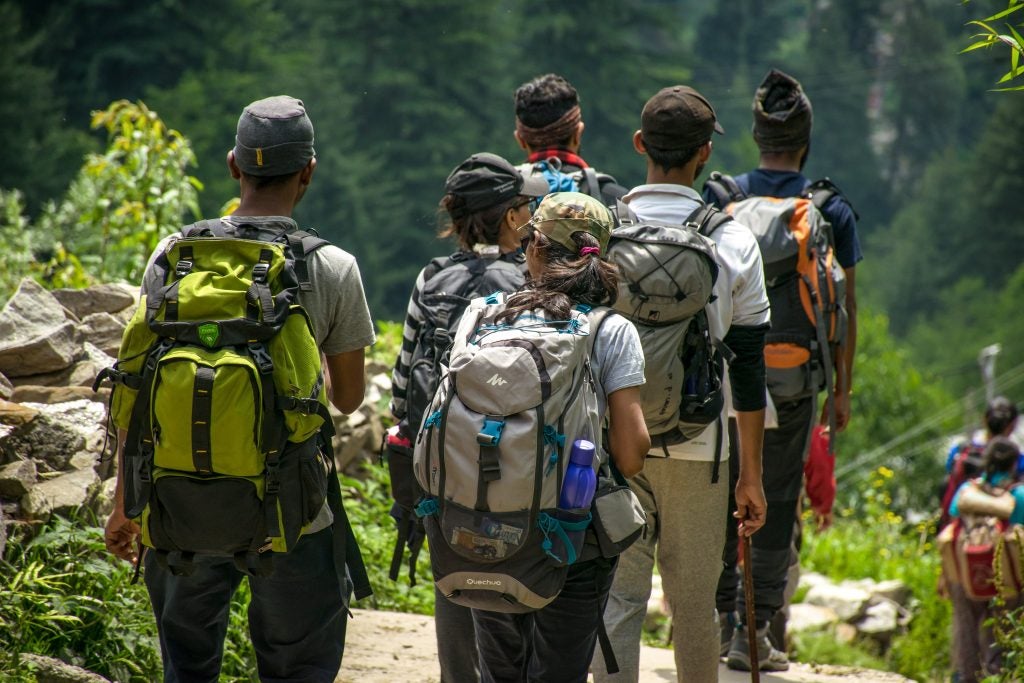
5. Never Run
In a surprise encounter with a bear in Colorado or anywhere in the mountains, the worst thing you can do is turn and run. Bears can sprint up to 60 mph. According to the Get Bear Smart Society, however, besides that, there is no hard and fast rule about how to handle a bear interaction safely. There are so many variables at play, it is best to gauge why you are both there.
If you startled a solitary bear, don’t make eye contact. Instead, get bigger by lifting up your pack or coat over your head, or standing close together as a group. This could make you look big enough to convince a bear you’re not to be messed with… and then you can back away.
If you startle a mama bear with cubs, do everything you can NOT to look threatening. Avoid eye contact and back away slowly. If a black bear is rummaging up to your camp looking for food, try getting louder and bigger to scare it off. This makes the food look like too much effort. Brush up on how to identify a grizzly versus a black bear, as their responses can be very different.
6. Bear Spray?
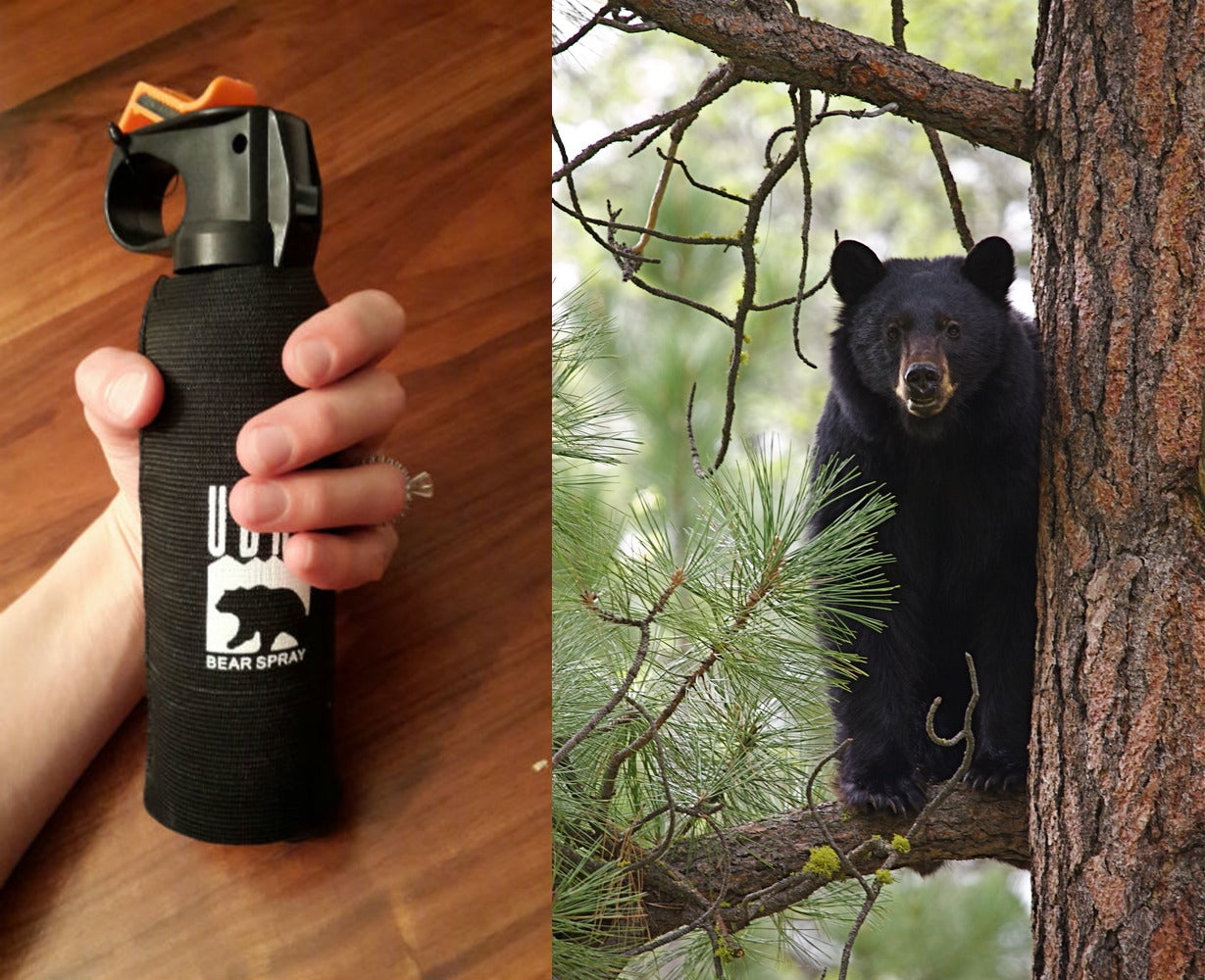
I bring this up because all too often, bear spray is tossed into a pack as a sort of talisman against a dangerous bear encounter. In reality, discharging bear spray is not nearly as effective as people assume. It should really only be the final resort in the instance of a charging bear. It is so potent (think pepper spray on steroids), that it can temporarily blind anyone in a twenty-foot radius if there is a breeze. Black bears in Colorado may be more likely to be discouraged by this counter-measure, but the jury is still out on its effect on grizzlies.
7. Follow the New LNT Social Media Guidelines
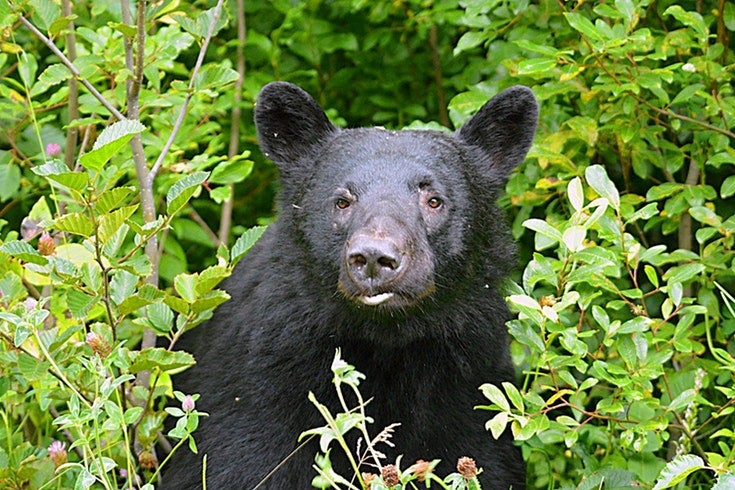
Photo by The Dyrt Camper, Deanna C.
With the explosion of outdoor-related social media posts, we all have the ability to have a greater impact in our community than ever before. So everything we post, ‘like,’ and share needs to reflect the best practices for that community. In this case, be sure that the content you create and interact with always exhibits responsible wildlife interactions. Even though the photo is cute, stop posting pictures of any wild animal eating out of someone’s hand. Use the comments section in a positive way. Speak up kindly and respectfully to educate whenever possible about bear and wild animal safety. Be an ambassador of bear safe behavior, and we can all continue to respectfully share these wild places with the bears who call them home.
Related Articles:
Related Campgrounds:
- Twin Lakes Campground Colorado, Leadville, CO
- Buffalo Campground, Pine, CO
Popular Articles:
Articles on The Dyrt Magazine may contain links to affiliate websites. The Dyrt receives an affiliate commission for any purchases made by using such links at no additional cost to you the consumer.


